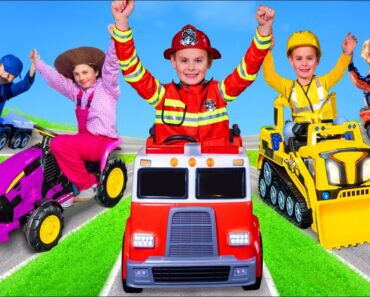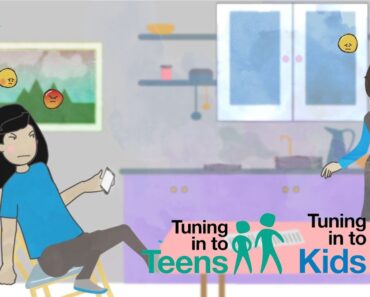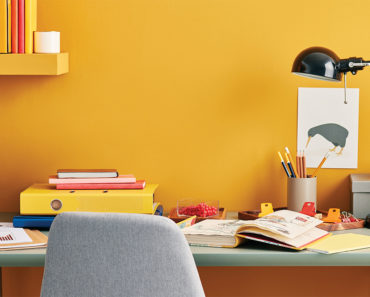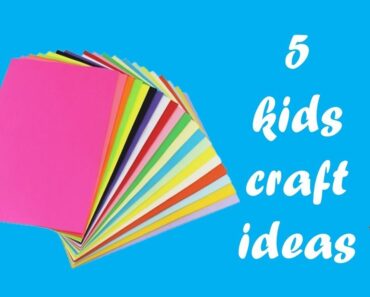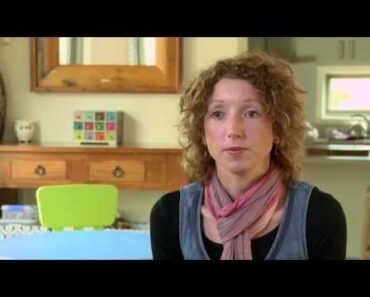The brain is the most complex and important organ in the human body. As part of the nervous system, it manages and coordinates all of our body’s functions. The brain controls our emotions, vision, thought, respiration, memory, touch, motor skills, body temperature, hunger, and even our feelings.
Read on to know how the brain works and some intriguing facts about this organ.
How Does The Brain Work?
The brain works like a computer. However, what makes it different from a machine is its ability to process emotions that lead to human intelligence. The brain consists of billions of nerve cells or neurons that receive information from different sensors or receptors of the body. This information is processed, and a relevant stimulus is sent back to various parts of the body (1).
The complex and huge network of nerves, which connect the brain to the rest of the body, enable communication in a fraction of a second (2). Different parts of the brain have specific functions, but they work together to regulate all the processes.
Parts Of The Brain And Their Functions
The brain and spinal cord are part of the central nervous system (CNS). The brain weighs just about two to three pounds and appears like a walnut. The brain is comprised of three main regions — cerebrum, cerebellum, and brainstem (3).
Let us discuss these parts and their functions in more detail (1) (3) (4).
- Cerebrum: The cerebrum is the largest part of the brain. The outermost layer is called the cerebral cortex or the ‘gray matter’. The cerebrum, divided into four ‘lobes’ or regions, controls higher functions, such as learning, reasoning and speech, and senses, such as vision and hearing.
- Occipital lobe: Located at the back of the cerebrum, the occipital lobe is the primary visual area of the brain. The occipital lobe processes visual information for your eyes. In other words, the occipital lobe helps you make sense of the shapes, colors, and spatial orientation (position or direction of objects in space).
- Frontal lobe: Located at the front part of the brain, the frontal lobe is responsible for problem-solving, thinking, planning, organizing, short-term memory, movement, and personality characteristics. So, if you are wondering what keeps your kids organized at school or keeps your emotions under control, it is this lobe.
- Temporal lobe: Located near the ears, this lobe is responsible for auditory perception, speech, hearing, memory, and smell recognition.
- Parietal lobe: Located between the frontal and occipital lobe, the parietal lobe helps in processing sensory information, such as taste, touch, pain, and temperature. The lobe helps in understanding spatial relationships, which is the relative movement of objects and people in a space.
- Cerebellum: This is the second-largest part of the brain. Located at the back of the head, the cerebellum is responsible for coordinating muscle movements, particularly those that help maintain the body’s balance, equilibrium, and posture. The cerebellum combines all the sensory information from the eyes, ears, and muscles to coordinate movements.
- Brainstem: Brainstem is the third region of the brain that anchors the spinal cord. Located in front of the cerebellum, the brainstemconsists of the pons, medulla, and the midbrain. The brainstem is involved in essential life functions, such as breathing, regulation of blood pressure, and heart rate. It also plays a vital role in the movement of the eyes and mouth, consciousness, sneezing, coughing, vomiting, sleeping, swallowing, and other involuntary muscle movements.
Facts About The Brain For Kids
Let us learn some fun facts about the brain.
- The sperm whale has the biggest brain among animals, weighing almost 20 pounds.
- It is a myth that humans use only 10% of their brains.
- Human brain consists of around 100 billion nerve cells and approximately 10 times more glial cells.
- Human brain is made up of 60% fat.
- The size of the brain decreases with age.
- The brain size of the earliest humans was similar to that of chimpanzees. Human and chimpanzee brains have evolved over a period of time (5)(6).
- Human brain makes up to 2% of the body’s weight but uses approximately 20% of the oxygen supply (7).
- Human brain uses about two-thirds of its energy to generate nerve signals, and the remaining energy is used for cell maintenance (8).
- Nerve impulses can travel as fast as 275 miles per hour or 120 meters per second (9).
- Human brain and the spinal cord are covered by three layers of tissue collectively known as the meninges. A clear fluid called cerebrospinal fluid flows between these layers (10)(11).
- The left part of the brain is responsible for analytical thinking. The right part helps in creative thinking (12).
- Human brain has blood vessels that can run up 100,000 miles, long enough to circle Earth approximately four times (13).
- Although our brain processes the sensation of pain, the organ itself lacks pain receptors. That’s the reason why neurosurgeons can operate on the brain without having to numb the organ (14)(15).
- Our brain is composed of 75% of water. Therefore, keeping yourself hydrated is important.
Our brain is a fascinating organ that performs a variety of functions without us even realizing it. What you eat and how you live can greatly influence the health of your brain. Therefore, eat a well-balanced diet, drink adequate water, and exercise regularly to keep your brain at its best health.
References:
2. Trafton A., In the blink of an eye; MIT News Office
3. Anatomy of the brain; John Hopkins Medicine
4. Maldonado K.A. and Alsayouri K., Physiology, Brain: NCBI
5. a href=”https://www.amnh.org/exhibitions/extreme-mammals/extreme-bodies/brains”>Brains; American Museum of Natural History
6. Herculano-Houzel S., The human brain in numbers: a linearly scaled-up primate brain; NCBI
7. Chia-Yu Chang, Der-Shin Ke, and Jen-Yin Chen, Essential fatty acids and human brain; NCBI
8. Neuroscientists explain how the sensation of brain freeze works; ScienceDaily, Wake Forest Baptist Medical Center
9. Peters R., Ageing and the brain; NCBI
10. What does it mean to be human?; Smithsonian National Museum of Natural History
11. 11 Fun facts about your brain; Northwestern Medicine
12. Chuldler E. Neuroscience for kids; Center for Neurotechnology, Seattle, Washington
13. About the brain and spinal cord; Neurological Surgery, University of Pittsburgh
14. 10 facts about the brain you didn’t know; Children’s Hospital of Orange County
15. The human brain; Rehabilitation Info Portal
Recommended Articles

